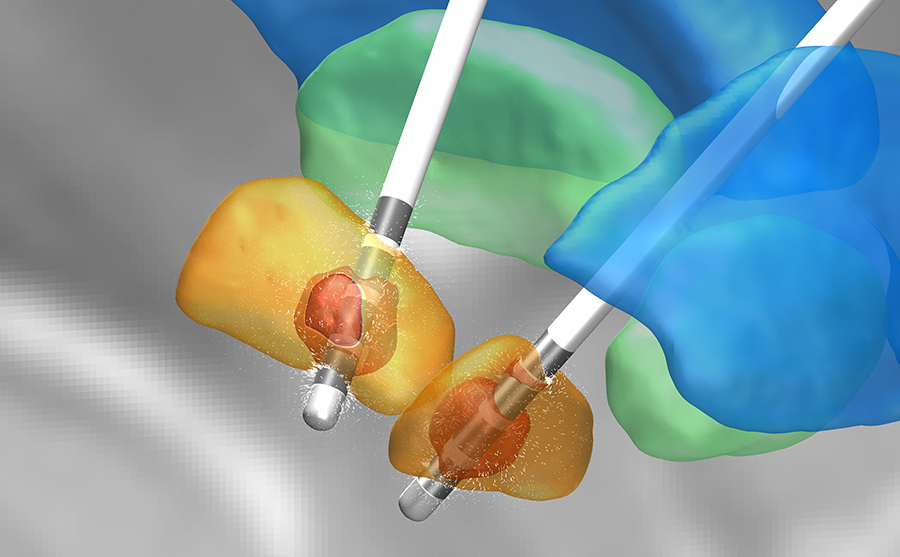Scientists at the Collaborative Research Centre CRC 1261 are conducting studies to develop biomagnetic diagnostic system which could be used to continuously adjust deep brain stimulation.
Read more New Method of Deep Brain Stimulation Adapts to Patient’s Changing Needs
For powerful diagnostic practices of magnetoencephalography (MEG) for brain or magnetocardiography (MCG) for heart functions, it is crucial to detect magnetic field in the area of the head or torso. To make the routine diagnostic tools cost-effective and easy-to-handle, they should be used in room temperature. Research has shown that magnetic field sensors based on miniaturized magnetoelectric composites, i.e. composites consisting of at least one magnetostrictive and one piezoelectric constituent can potentially detect sub-pT fields at room temperature under certain conditions.
The Collaborative Research Centre CRC 1261 is focused on conducting research and development of different magnetoelectric sensors with a special focus on high sensitivity at biomagnetic frequencies and their evaluation and utilization in medically relevant questions, reports Biomagnetic Sensing.
To conduct a research of this magnitude requires intensive interdisciplinary collaboration between materials scientists, electrical engineers and physicians specialized in neurology and cardiology. There will be 2 cross-topical projects on micro-/nanosystem fabrication and on biomagnetic measurement techniques. An Integrated Research Training Group will be created to foster interdisciplinary collaboration within the CRC 1261. Furthermore, a Scientific Outreach Project will be responsible not only for outreach to the public, students and teachers, but also for communicating in a scientific manner to young scientists.
The first project on Sensor Technology will cover research from new materials to develop special sensor elements to investigate different magnetoelectric sensors.

The modeling project is closely associated with the modeling activities of the second project known as Sensor Systems for Medical Applications. This includes signal processing, the solution of the inverse problem and selected application areas in cardiology, neurology and life sciences, which have different detection requirements in magnetic field strength, frequency and spatial resolution.
Read more Draper Develops Wireless Brain Implant that Can Make a Big Impact on Treatment of Diseases
The primary goal of the CRC 1261 is the establishment of a biomagnetic diagnostics system based on magnetoelectric sensors for MEG and MCG, respectively, and to demonstrate its potential on selected medical diagnosis problems.
There will be 3 studies:
- The first study will focus on signals from the heart, nerves, deep brain stimulation and magnetically marked cells
- In the second study the medical application will be extended to natural neuronal signals, with special focus on reducing the cross-sensitivity to magnetic noise, thus allowing unshielded biomagnetic measurements
- The final study is aimed at achieving a closed-loop system of measurement and immediate actuation
Uncooled magnetoelectric sensor arrays may then be implemented as a wearable device. The goal is to process measured data in real-time to drive actuators. For instance, MEG data could be used to continuously adjust deep brain stimulation.












